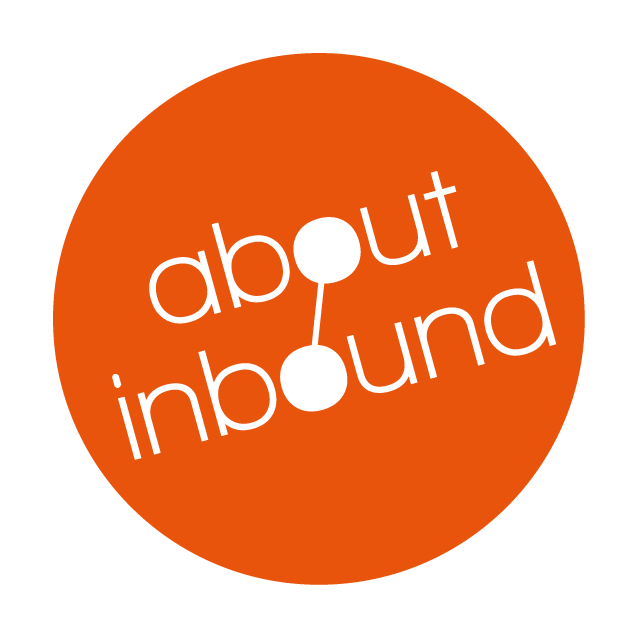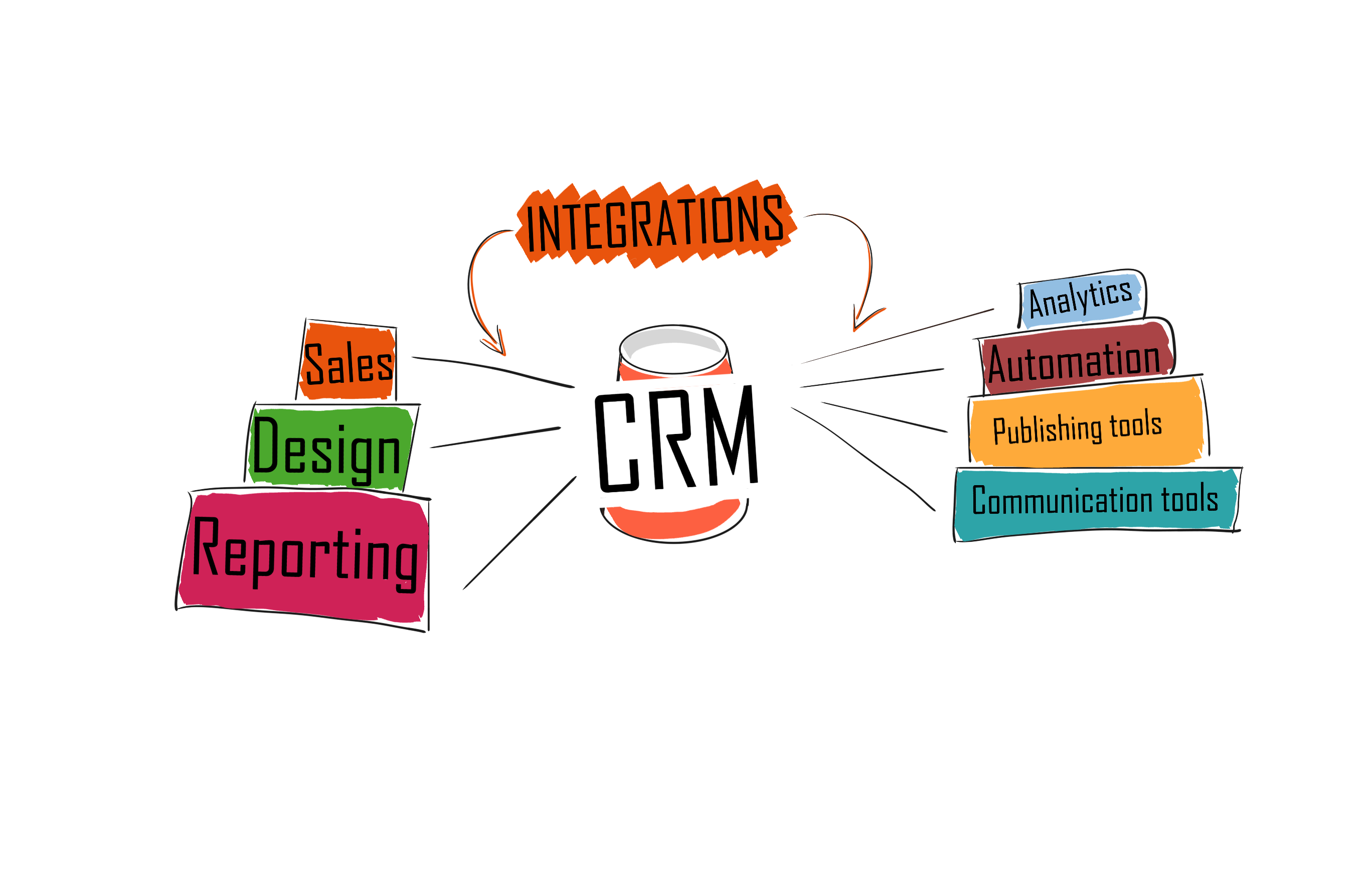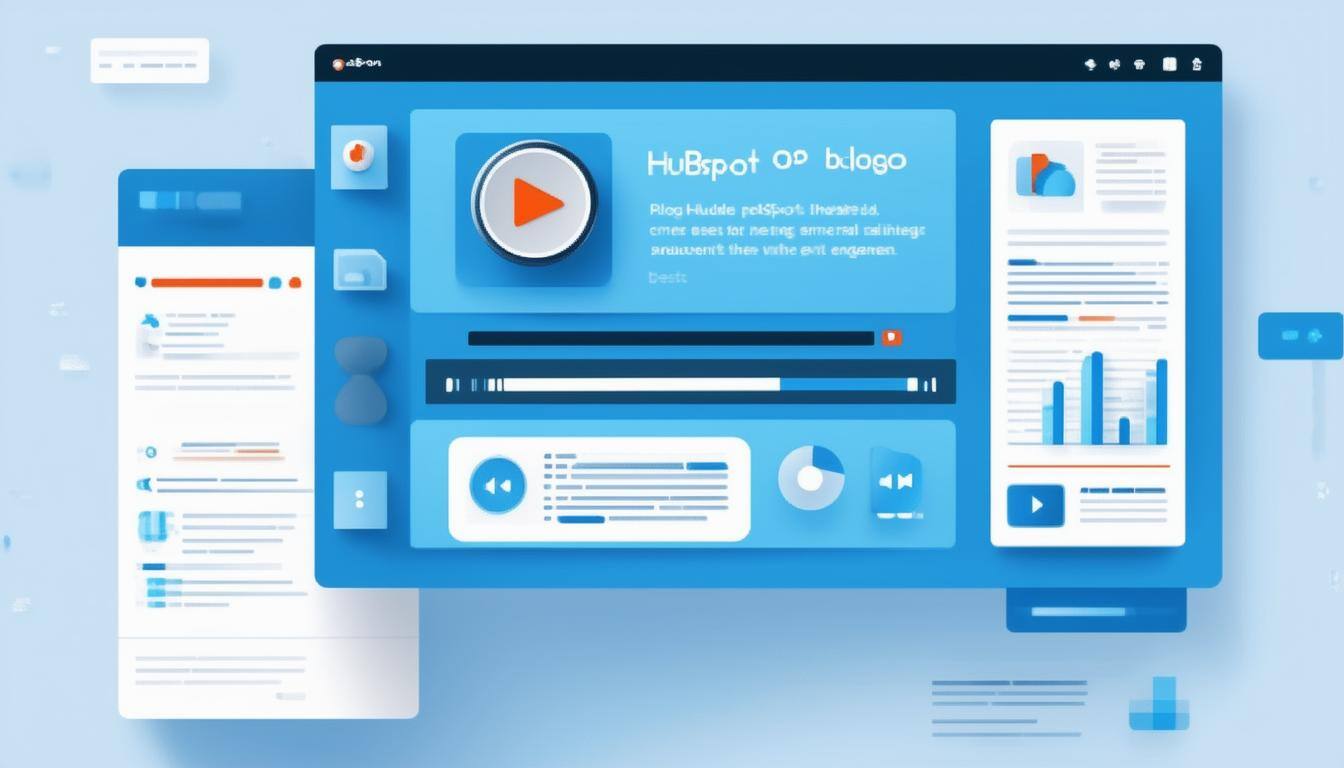Welcome to part 2 of this multi-part series about the ins and outs of successful growth marketing. In part one we discussed the big picture and how methodologies underpin everything we do in growth marketing.In this part, we are going to have a deeper look into the different tools you can use to build a successful growth marketing stack and their pro's and cons.
This post is part of a 4 part series to provide you with a better understanding of how to create growth strategy. You can find all for parts here: |
Know and build your growth marketing stack
Once you understand your concepts and methodology, its time to build or refine your tool-set to execute your marketing mission and methodology. But a marketing stack is just as much about processes, integrations and data as it is about tools. Remember PPT (People, Process Technology). It's important that you start by understanding what skills (people) you have access to and what your budget is. After this you can map that to your preferred methodology to set goals so that you can understand how you can utilise your Processes and tools to accomplish your goals. Most methodologies will give you guidance to work out Goals vs PPT so start by learning them before you pick your tools. For example in the Inbound Methodology Goals = 20 MQL's per month; The Tools =Hubspot & Salesforce; The Process for generating MQLs is blogging+social+paid+lead qualification.
Once you use your growth methodology to define your basic processes, it's time to compare the integrated/centralized marketing tool stack to a decentralized marketing tool stack and see how they stack up against each-other. There are many many things you can consider when comparing these two types of stacks and both the centralised and decentralised stacks have their distinct advantages and drawbacks.
Centralized and Unified marketing stacks:
A centralised marketing stack is optimized for quick growth and as such it scales well. It comes with clear documented processes that allow you to hire and scale quickly. It provides clear and consistent data and reporting and helps with decision making. The main Downsides are: high upfront investment costs. It also needs a lot of dedicated company resources (people) to ensure it drives value. Unified stacks can be somewhat inflexible as its harder to invest in and integrate extra tools ones you are locked in to the specific toolset of a unified stack. A unified stack is most suitable for organisations that are committed to high growth, with good capital investment. You have to be convinced that the methodology used by the provider of choice fits your business model for the tool set to work best for your organisation. These "stacks" are often supplied by SAAS companies that try to provide a methodology and underpin it with one set of unified SAAS products. These tools should address your needs to generate the results using their methodologies. Some examples of these companies are: Marketo (Adobe), Hubspot or Salesforce.
Hubspot calls the concept of a single unified set of tools to inform and drive your growth a Growth stack. Have a look at the following Slideshare presentation to see how they explain this:
Key advantages of Centralized/unified Marketing tool stacks:
- Consistency: They help you define your processes around a single framework or methodology. They provide you with (most of) the tools to make it happen in one solution. This makes it easy to scale and once your team is used to the integrated tools, it should help create consistency in your marketing efforts.
- Reduced tool management, complexity and easier problem solving: Due to the fact that you have all tools in one place and they are supplied by a single supplier, you only have to work with one company for support, you have clarity about billing and have a unified way to access all your tools meaning less accounts and less resources spent on administration.
- Data alignment: The data-sets and procedures used in these tools are all designed by the same developers and are meant to work together. They should therefore be aligned and well-integrated, saving you time and money on integration.
- Consistent Reporting to drive better decisions: Having access to one consistent data-set based on feedback from your entire tool suite allows you to simplify your reporting and provide better and more consistent feedback relevant to your goals.
Tight integration between the tools allows Marketing efforts to cross departmental lines: Unified growth stacks can offer automation that help pull different departments together. For example. Imagine an existing customer visiting a support article that shows a certain function is in development, this can automatically trigger a workflow to inform a customer service Representative at a later stage that the customer has seen this article so that they can have an informed conversation. If the development of this feature results in a paid add-on, an email can be triggered to sales reps instead, so that they can check with the customer if they are interested in purchasing it.
Key disadvantages of unified Marketing tool stacks:
- Lack of flexibility: A One fits all tool set and methodology offered by a single company and their integration partners means you might not get the level of specialist functions that perfectly fits your organisations needs.
- Upfront cost: These tools are often very expensive and because they often rely on processes that take time to show value it can be a big ask to build the business case to spend the amount of money required on the tool set at the start.
- Integration of departments can be needed to achieve best results: To drive most success using the processes that many of these integrated tool sets offer, you need to deploy them across several departments which is an incredibly difficult thing to do in any sizable or growing company. Have you ever tried to approach a customer service manager with a marketing oriented tool for customer service? It takes a lot of willpower and education to convince departments to work together and surrender enough autonomy to allow everyone to get the best value out of the unified tool set.
- Becoming locked in: Due to the extensive nature of and scope of these tools, they cost a lot of resources and budget to implement and maintain. If you find out that they don't fit your needs or don't provide enough value vs cost after you implement them, it can be very hard and expensive to move away to another solution. This can cause a situation where your organisation is locked into a system that is not providing enough value as it is too expensive and resource intensive to change.
Decentralized marketing tool stacks:
A decentralized marketing tool stack means that you do not use a singular integrated set of tools for for your marketing/growth needs. Instead you pick an existing or create your own methodology, logic and procedures. You find the specialist tools that meet your organisations specific needs and build your customized stack to integrate their uses in your marketing strategy. You will need to define your own specific sets of procedures and map them to each individual tool. You also need to build/customize integrations to share data between the different tools. This can be very tricky but if you can achieve this, you are likely to achieve a very streamlined marketing workflow with a lot of individual control and flexibility.
Key advantages of decentralised marketing stacks over centralised marketing stacks:
- Individual tool power: Because you can look for individual tools to map to the specific needs, you are likely to find tools that more closely fit your goals exact needs. These specialist tools often provide a more powerful tool set (The companies that create them can go deeper since they don't have to spread their development efforts across a bigger array of tools).
- Shorter term investments and easier experimentation: It's a lot easier to remove or replace a specific tool when it's not directly tied in to your other tools. This makes it easy to do sign up for a tool to see if it fits your needs and get rid of it if it does not.
- More control over budget and resource investment: When you are not buying a suite of tools you can be picky and choose exactly when you need to invest in any particular tool. This provide you a lot of control over when you invest and when you stop investing. Which leads to decreased upfront investment cost.
- You have more ability to align tools to peoples' skills rather then the other way around: We all know how hard it is to hire staff with skill sets that exactly match your needs. Having flexibility in your tools means you can give people more autonomy in working with the tools they are comfortable with, which can lead to high productivity and less ramp up time. It can also be easier to find outsourcing partners when you are not locked in to a single set of tools.
Key Disadvantages of decentralised marketing stacks over centralised marketing stacks:
- Inconsistent ways of working: Different tools have different interfaces and different approaches to achieving goals. This can cause inconsistencies in everything from reporting to customer communications etc.
- High overall cost of ownership: Individual tools often means individual suppliers, these all have their own administration, costs and support procedures. This can cause huge overheads in staff time and management costs which takes takes valuable resources away from actually delivering value for your business.
- Tool integration nightmares: Lack of integration between your tools and data means that you are often stuck with less then ideal ways to get them to drive unified results. This can lead to high custom integration costs, or even worse, a lot of manual labor where integration is not possible or too complex.
- Inconsistent reporting: Because your data is spread out between tools, it becomes harder to create consistent reports that address cross tool metrics. This is a big deal since in modern marketing, data should be key to your investment and resource decisions
Which growth stack is better for your organisation?
Well it depends on many factors. Here are a few key questions to get you started with your decision making process:
- how big is your organisation and what is your growth rate (e.g. Size and scale matter when it comes to the need for more flexibillity and experimentation vs more defined processes)?
- How much do you want it to rely on people VS tools (e.g. if you rely more on people a decentralised stack with individual tools could be better)?
- Does your business model depend on high sales growth or other metrics? Does your budget allow you to commit to a unified set of tools?
- Do you have a clear methodology that fits your business or are you looking for a model that you can apply?
As a rule of thumb:
> Decentralized marketing stacks depend more on Specialist highly skilled people that can think on their feet and troubleshoot inconsistencies.
> Centralized marketing stacks, rely heavily on capital investment and clear repeatable processes that can be expanded and defined based on unified reporting and goals.
Fact check: is your current Growth stack working for you?
Here are some questions that you can ask yourself and your teams to help you identify whether your growth marketing stack and its underpinning principles are in good shape:
- Are your marketers able to understand how to achieve your businesse marketing goals and how to apply growth marketing concepts to the individual tools to achieve those goals?
- Do your marketing processes give you a structured way achieve your desired growth and improve on activities that aren't achieving desired results?
- Do you work in a small business in which your growth strategy depends on a few key people? and are you happy that your key people will remain in your business, or are their methods and skills well documented?
- Do you have clear reporting in place that directly maps to your business goals?
- Is your marketing and sales budget clear and are you happy that you are seeing enough return on investment?
- Do you value the flexibility of your individual marketing tools?
If you can answer yes to all or most of these questions. You likely don't need to change the way you work. But if you answered no to more then 1 or 2, it's worth reviewing some modern growth marketing methodologies such Inbound or account based marketing methodologies to see if they are a good fit.
If you have the budget, it might also be worth looking at a different suppliers of centralised marketing stacks offered by Hubspot, Drift, Salesforce, etc. But don't forget, implementing a methodology doesn't mean you have to use a centralised set of tools. A lot of the processes and principles underpinning these methodologies are publicly made available by these companies. Some of their theory and certificates can even be done without paying for their tools. Being aware of the framework that they provide might be enough for you to implement your own tool stack if you can make the time and skills available to put it together and make the data streams between the tools work.







